Academic Staff and Fellows
Dr Tiago Costa (web)
Tiago is a Newcastle Academic Track Fellow and he joined Newcastle University in October 2023. 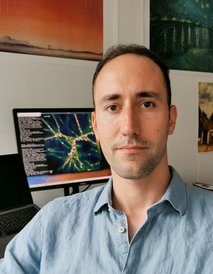
“I am interested in understanding the physical processes shaping galaxy evolution. In particular, I focus on the impact of Active Galactic Nuclei (AGN) and on identifying the mechanisms through which supermassive black holes may ultimately prevent galaxies from forming stars. I spend a lot of time designing numerical models of AGN physics and implementing them into large, cosmological simulations of galaxy formation which I perform on supercomputers. I then forward-model these simulations and compare them with real data to constrain our theoretical understanding. I also work closely with observers and am part of several observational programmes (with ALMA, JWST, MUSE) designed to bridge the existing gap between theory and observations.“
Dr Dominic Bowman
Dominic is a Reader in Astrophysics and a Royal Society University Research Fellow, and joined Newcastle University in September 2023.
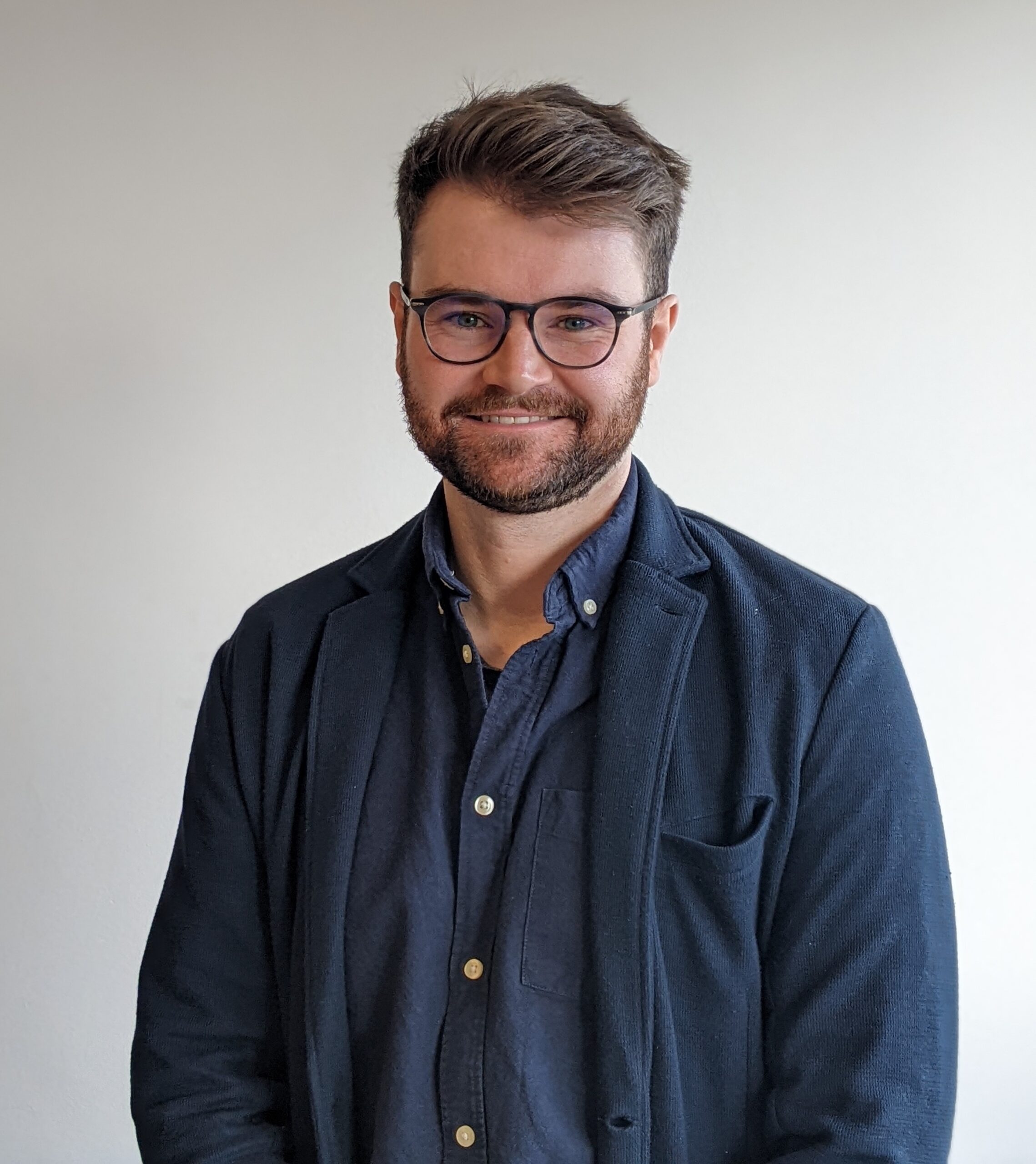
“My main research area is Asteroseismology, which is the study of oscillations inside stars to learn more about their interior physical properties and processes. My current UKRI Frontier Research Grant, SYMPHONY, focuses on asteroseismology of massive stars, which are those that will eventually explode as violent supernovae and leave behind a neutron star or black hole. The project is using existing and developing new techniques for applying asteroseismology and determining the physical properties of massive stars, with a particular focus on Blue Supergiants, such as their interior rotation profiles, masses and ages. These properties are not accurately known for massive stars because our best current theoretical models contain large uncertainties. Massive stars have self-excited gravity and pressure mode oscillations which probe the deep stellar interiors and radiative envelopes, respectively, thus provide excellent insight of the physics at work within stellar interiors.“
Personal website: https://dbowman234.github.io
SYMPHONY project website: https://research.ncl.ac.uk/symphony/
Dr Chris Harrison (web)
Chris is a Newcastle University Academic Track (NUAcT) Fellow, he joined Newcastle in 2020. Twitter: @CMHarrisonAstro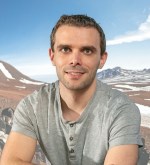
“I am an astronomer with the main goal of understanding how galaxies formed, with a particular interest in the role of growing supermassive black holes (i.e., Active Galactic Nuclei; AGN) and galaxy dynamics. Towards this I use a suite of observational facilities across the world (and in space!) covering the electromagnetic spectrum, to study both nearby and distant galaxies. I have been working with collaborators who work on cosmological and isolated galaxy simulations to use observations to test models.
I previously held a fellowship at the European Southern Observatory (ESO), and I still work closely with them, including making preparations for the world’s biggest telescope – the Extremely Large Telescope (ELT).
I have a strong interest in public engagement and accessibility to science. This includes the creation of educational exhibitions, activities and workshops, and leading international engagement projects. More information about my engagement and EDI/accessibility activities can be found on my personal website.”
Dr Adam Ingram (web)
Adam is a Physics Lecturer and Royal Society University Research Fellow, he joined Newcastle in 2021.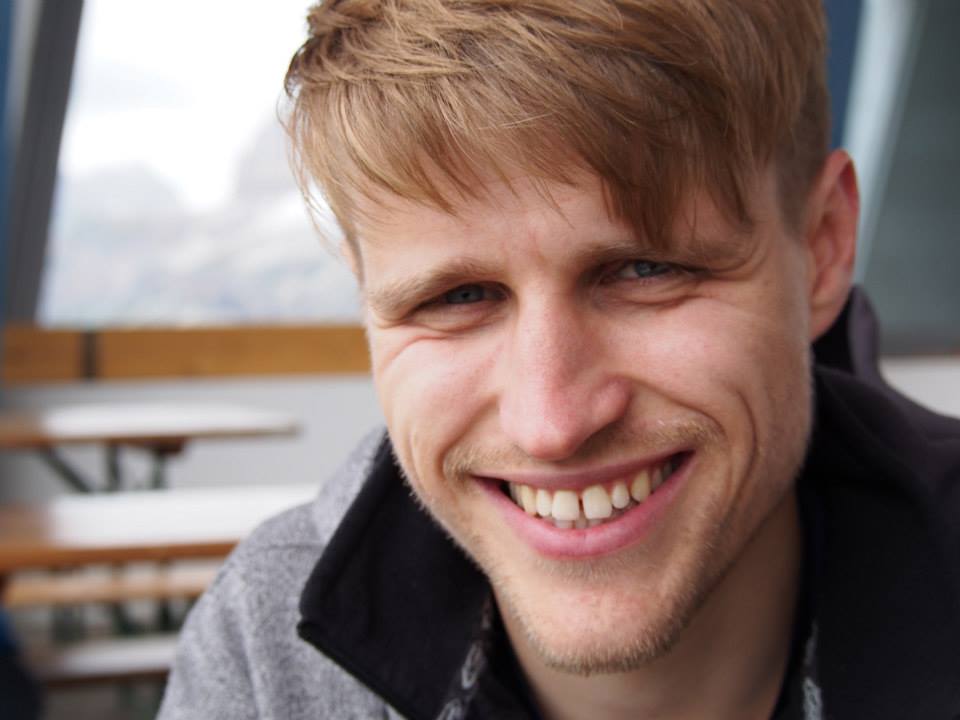
“I use X-ray observations and theoretical modelling to probe the environment of accreting black holes and neutron stars. This helps us learn about the very strong gravitational fields close to black hole event horizons, and how these objects formed and grew to their current sizes. I study quasi-periodic oscillations (QPOs) – nearly periodic changes in the observed X-ray brightness of the accreting plasma – and the idea that these result from relativistic precession. I also use the variability of reflected X-rays to constrain the geometry close to the black hole and measure its mass. I am interested in using X-ray polarimetry to learn about black holes and neutron stars, a field that will be revolutionized when IXPE launches in 2021.
I completed my PhD at Durham University (2008-2012), was a postdoc (2012-2014) and NWO Veni fellow at the University of Amsterdam (2014-2017), and began Royal Society fellowship at Oxford (2017-2021), before moving to Newcastle in 2021.”
Dr Danielle Leonard (web)
Danielle is a Physics lecturer, they joined Newcastle in 2019.
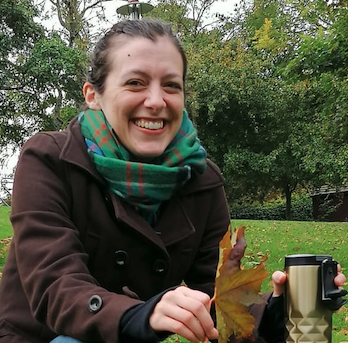
“I am interested in testing and constraining extensions to the standard cosmological model, especially alternative theories of gravity and dynamical dark energy. To do this, I use observables which are sensitive to the growth of large-scale structure, in particular weak gravitational lensing and galaxy clustering. I also work on weak gravitational lensing and galaxy clustering more generally, including improved methods for mitigating, and exploiting astrophysical modelling uncertainties such as the intrinsic alignment of galaxies and galaxy bias.
I am passionate about improving the inclusion of traditionally under-represented groups in the physical sciences.
I am a member of the Large Synoptic Survey Telescope Dark Energy Science Collaboration (LSST DESC).”
Dr David Rosario
David is a Physics lecturer, he joined Newcastle in 2021. Twitter: @astro_sario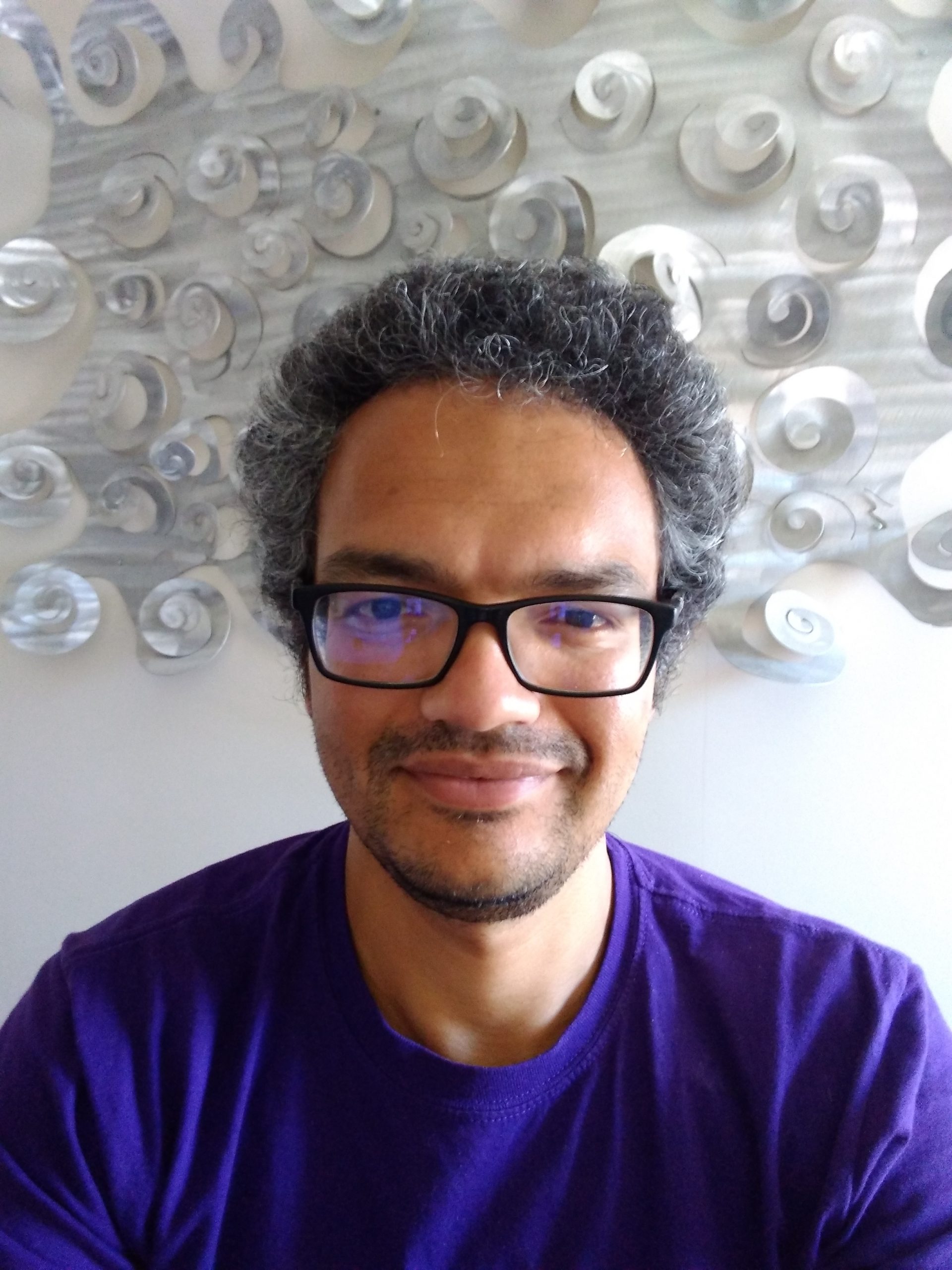
“I am a multi-wavelength observational astronomer, interested in the relationships between galaxies and their supermassive black holes. I explore the ways that some of the hottest things in the Universe – Active Galactic Nuclei (AGN) and Quasars – interact with some of the coldest stuff in space, the dusty clouds of molecular gas from which stars are born. I use some of the world’s best facilities for my work; the NASA/ESA great space observatories, including the James Webb Space Telescope (JWST) and the Hubble Space Telescope (HST), and some of the biggest telescopes here on Earth.
My life is an exercise in internationalism. I grew up in the Middle East and completed an electronics engineering degree at the Indian Institute of Technology, Kharagpur (IIT-KGP). I fell headlong into my fascination for AGN while working on a PhD at the University of Virginia. In hot pursuit of supermassive black holes across the Universe, my career took me through the redwoods of the University of California, Santa Cruz (UCSC); among the beech forests by the Max Planck Institute for Extraterrestrial Physics (MPE) near Munich; and over the dales near Durham University, before taking root here in Newcastle.“
Dr Cora Uhlemann (web)
Cora is a Reader in Cosmology, she joined Newcastle in 2020. In March 2024 she became a Professor at Bielefeld University and Visiting Professor at Newcastle.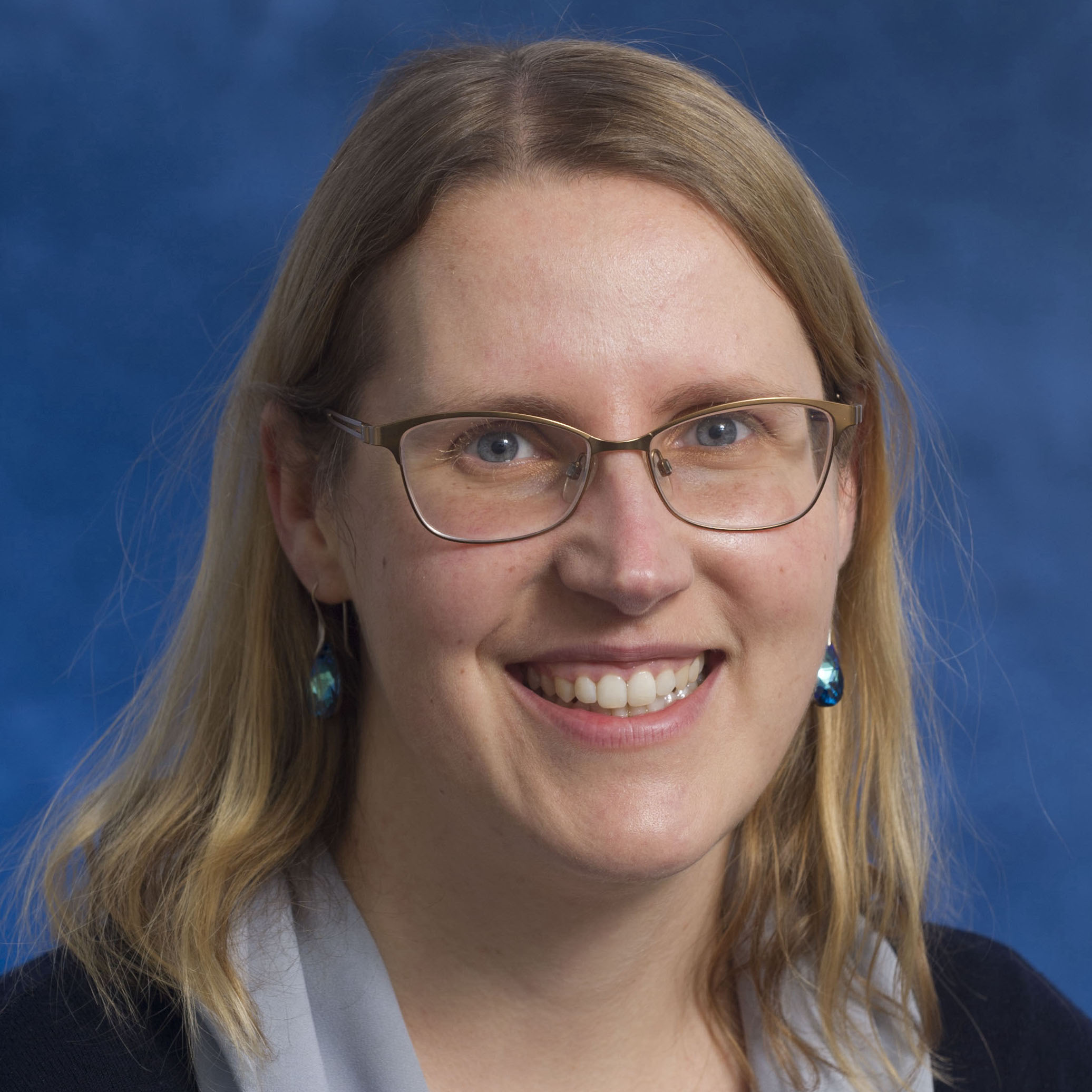
“I am a cosmologist working on modelling the cosmic large-scale structure in the nonlinear regime and using it to probe fundamental physics and cosmology. My research focuses on solving the gravitational dynamics of dark matter and developing summary statistics for galaxy clustering and weak lensing. I am a member of the Euclid galaxy survey collaboration where I co-lead the work package on Additional Galaxy Clustering and participate in the Higher-Order Weak Lensing Statistics work package, and a member of the Vera C. Rubin Observatory Legacy Survey of Space and Time (LSST) active in the higher-order statistics topical team. My ERC Starting Grant “Probing the cosmic large-scale structure beyond the average” will run from 2024-2029.
Together with Ulrike Böhm, I am running the facebook page for female physicists, called ‘Physikerinnen’. Every week, we highlight an excellent woman in physics (from student to professor) as ‘female physicist of the week’.“
Dr Joachim Harnois-Deraps (web)
Joachim is an Ernest Rutherford Fellow, he joined Newcastle in 2021. 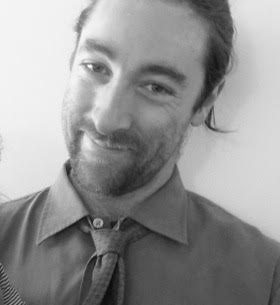
“I combine simulations and observations of galaxy surveys to measure cosmological parameters. I am the PI of the Scinet LIght-Cone Simulation suites (SLICS), a public series of over 1000 N-body runs ideally suited to estimate the uncertainty about cosmological measurement, including cosmic shear, galaxy-galaxy lensing, galaxy clustering and redshift space distortions — the SLICS were central to 30 journal papers to date, see https://slics.roe.ac.uk. I am now an Ernest Rutherford Fellow at Newcastle University, and am leading the core numerical simulation programme in many international weak lensing collaborations (KiDS, LSST and Euclid). You can find a list of my publications here.”
Postdoctoral research associates
Dr Vicky Fawcett (web)
Vicky is a Research Associate in Astrophysics working with Chris Harrison. She joined Newcastle in 2022. Twitter: @astro_fawcett
“I am an observational astronomer focused on the multi-wavelength observations of Active Galactic Nuclei (AGN) and the role they play in galaxy evolution. I am most interested in dusty red quasars, combining radio and spectroscopic observations to understand how they differ from the more typical blue unobscured quasars. I am the PI of a program within the Dark Energy Spectroscopic Instrument (DESI) survey, targeting red quasars that may have otherwise been missed by the nominal DESI quasar selection. I am also involved in the MOONS spectroscopic survey, which will provide infrared spectroscopy for thousands of Type 1 AGN.
I previously completed my PhD at Durham University (2018-2022), where I used radio data and optical-near-infrared spectroscopy from SDSS and VLT/X-shooter to explore the differences between red and blue quasars.
I have a strong interest in outreach as I believe this is one of the best ways to get more people of all ages excited and engaged with Astronomy and STEM.“
Dr Ann Njeri
Ann is a Research Associate in Astrophysics working with Chris Harrison. She joined Newcastle in 2022. Twitter @njeri_ke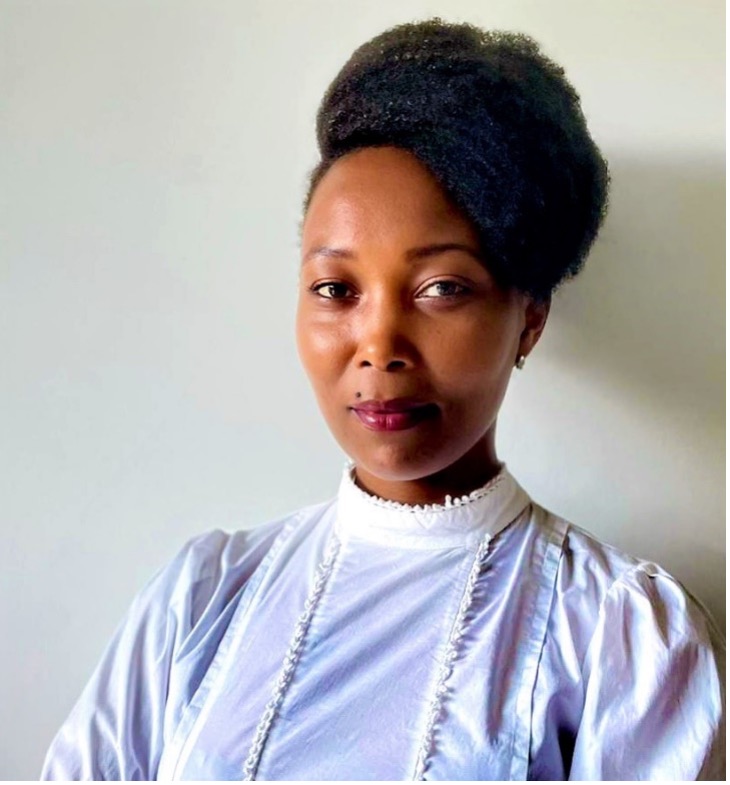
One of the most enduring and fundamental questions in modern astrophysics is understanding how galaxies form and evolve through cosmic time. Key to this question is understanding the interplay and feedback between star-formation (SF) and accretion onto supermassive black holes (SMBHs). High sensitivity, high angular resolution radio observations are a crucial part of these investigations, uniquely providing spatially resolved tracers of SF and accretion (Active Galactic Nuclei, AGN) in high redshift galaxies. I use radio interferometry and the Very Long Baseline Interferometry (VLBI) techniques to disentangle AGN contribution from SF processes over a range of redshifts, using unprecedented large field-of-view, ultra-deep and high-resolution radio imaging provided by radio instruments such as the eMERLIN, the European VLBI Network and the Very Large Array.
At Newcastle, I am working on the Quasar Feedback Survey and using radio observations from facilities such as the eMERLIN, VLA and LOFAR to establish how quasars feedback on their host galaxies.
Besides research work, I am passionate about education and mentorship. I founded the programme “Elimisha Msichana Elimisha Jamii, EMEJA” (Swahili for ‘Educate a Girl, Educate the entire Community’), a mentorship programme addressing the issue of gender disparity and equality in education among young schoolgirls in rural areas of Kenya and Uganda. EMEJA is working with the local communities and positively tackling some of the social issues (e.g., teenage pregnancies, early marriages, low STEM uptake) hampering girls’ education via Astronomy outreach, mentorship, targeted STEM workshops and scholarships opportunities, guided by long-term student tracking and monitoring. The overarching objective for this programme is to ensure a 100% primary-secondary education transition for these schoolgirls.
Dr Lina Castiblanco Tolosa
Lina is a Research Associate in Cosmology working with Cora Uhlemann. She joined Newcastle in 2022.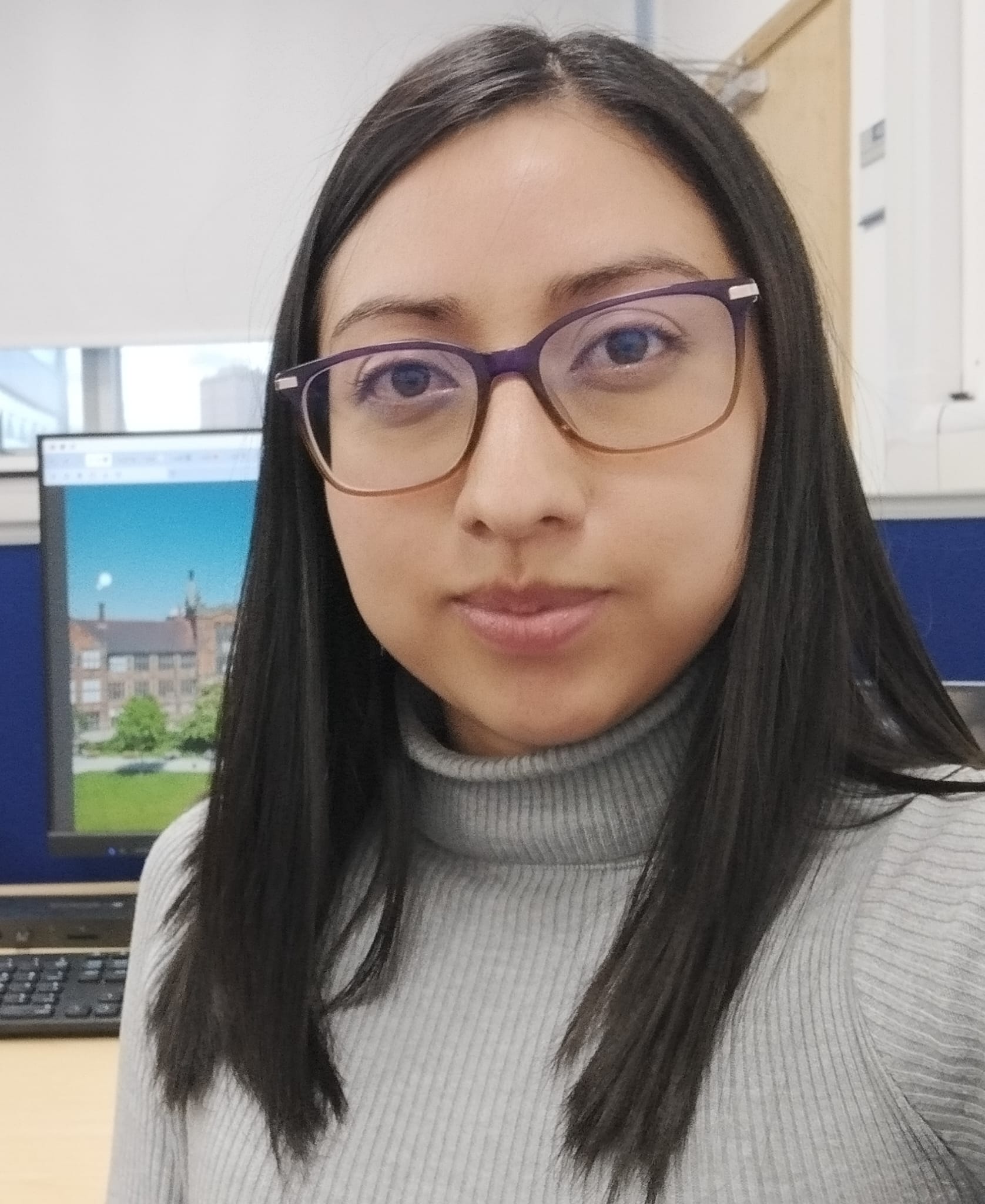
“As a cosmologist, I am looking for additional large-scale structure probes to improve our understanding of the universe’s origin and evolution. My current research focuses on the modelling and analysis of the one-point probability distribution function for galaxy clustering and weak lensing. The information content of the one-point PDF is a powerful tool for obtaining valuable information about the underlying cosmological model. I also work on modelling the galaxy bispectrum to extract information about physics during the early universe by constraining primordial non-Gaussianity. Additionally, I am interested in map-level inference using persistent homology techniques. Persistent homology allows us
to study the topology of cosmic structures robustly and quantitatively and has shown strong potential in constraining primordial non-Gaussianity.”
Dr Ivan Almeida
Ivan is a Research Associate in Astrophysics working with Dr Chris Harrison and Dr Tiago Costa. He joined Newcastle in 2023.
“I have a strong fascination with black holes, particularly in regard to their interactions with their surrounding environments and the consequential impact on the universe. My research primarily focuses on supermassive black holes located at the centre of galaxies and the intriguing phenomenon known as Active Galactic Nuclei (AGN). AGN possess immense energetic output, which can profoundly influence the evolution of their host galaxies. This strong relationship between galaxies and AGN is commonly referred to as AGN feedback. In my investigations, I strive to gain a theoretical understanding of the underlying physics governing AGN feedback across various scales, ranging from sub-parsec to kiloparsec dimensions. My approach involves developing analytical models and conducting numerical simulations of these intricate systems. These simulations encompass the study of accretion flows surrounding black holes, as well as the formulation of models describing the interaction between AGN outflows and galaxies. Additionally, I engage in multiwavelength SED (Spectral Energy Distribution) modelling of AGNs, aiming to establish a connection between theoretical predictions and observational data. Through these endeavours, my objective is to contribute to the broader comprehension of AGN feedback, shedding light on the intricate interplay between black holes and galaxies. By merging theoretical insights with observational findings, I hope to advance our knowledge and unlock the secrets of these captivating cosmic phenomena.”
Dr Steph Campbell (web)
Steph is a Research Associate in Astrophysics working with David Rosario. They joined Newcastle in 2023. Twitter: @astrojocksteph
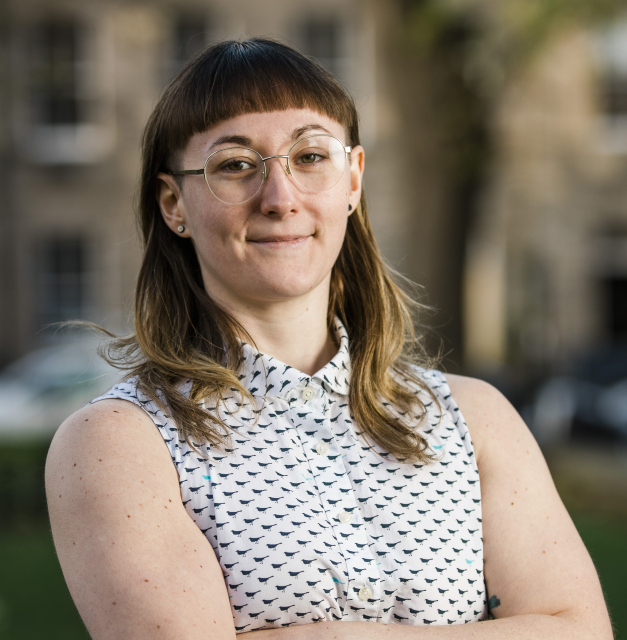
“My research is concerned broadly with the topic of galaxy evolution, and focuses in on how their evolution is shaped and impacted by the supermassive black hole at their centers. To explore this I use multiwavelength data from many instruments in order to develop a full picture of the structures, properties, motions and processes in the regions close to the black hole. New facilities such as JWST allow these scales to be resolved observationally in some wavelengths for the first time, giving new insight into this high energy region. Alongside this, I am still keenly interested in galactic dynamics, which was the focus of my PhD research.
Outwith research, I devote time to improving equality, diversity and inclusion, improving the structures to remove barriers to underrepresented groups in higher education, in science, and in Astronomy.”
Dr Jake Mitchell
Jake is a Research Associate in Astrophysics working with Adam Ingram. He joined Newcastle in 2023.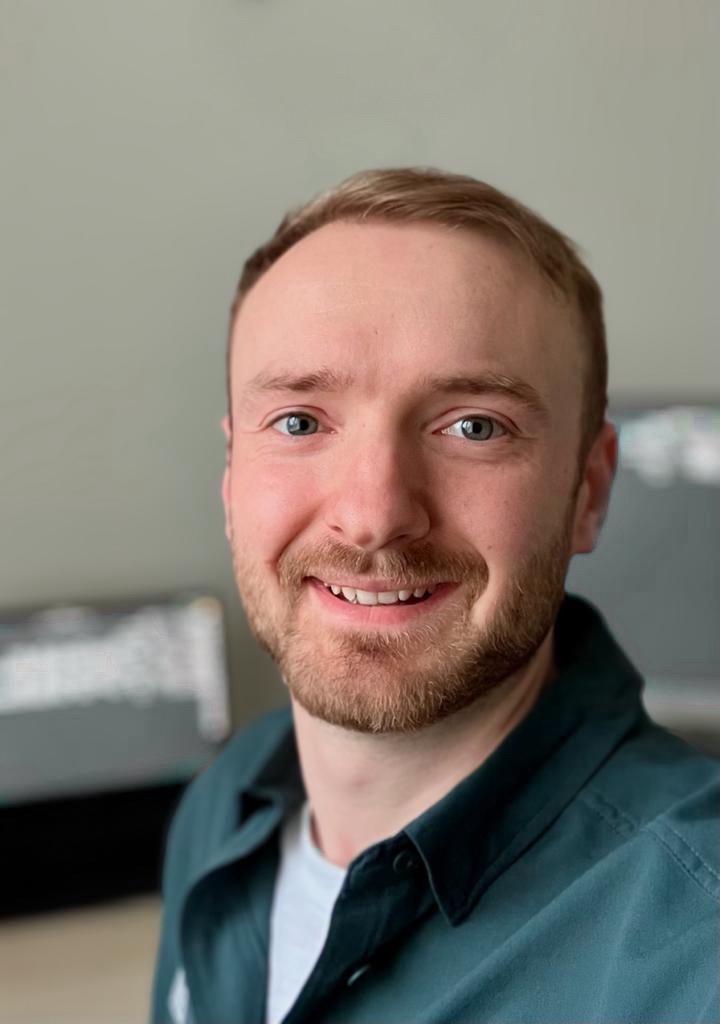
“I am interested in using multi-wavelength observational data alongside theoretical modelling to understand the accretion processes and structure of Active Galactic Nuclei (AGN). As our understanding grows, I wish to use these sources to help answer wider cosmological questions and am currently working on a project which aims to use X-ray reverberation mapping of the AGN Ark564 to measure the Hubble constant independently of any other experiment. Thereby presenting a candidate method to address the Hubble tension.
I previously completed my PhD at Durham University (2018-2022) where I worked on optical/UV/X-ray spectral modelling of a moderately large sample of AGN across a wide range in mass and mass accretion rate. My work has also extended into lower energy ranges including a project focused on using near-IR spectroscopy for reverberation mapping in an attempt to constrain the spatial extent of the dusty torus alongside the Paschen Broad Line Region in multiple AGN. In addition to this I am interested in machine learning and its applications in many domains specifically the modelling of semi-chaotic time series data.”
Postgraduate Students
Ankur Kalita
Ankur is a PhD student who joined Newcastle University in April 2024 and his supervisor is Dominic Bowman. 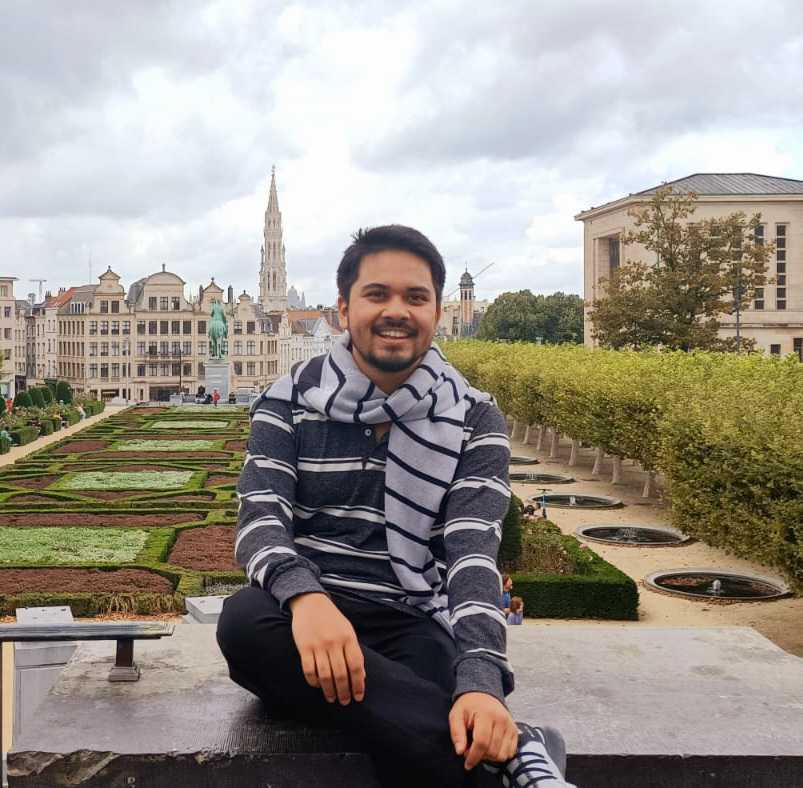
“I come from the north-eastern region of India. I did my undergraduate degree at Cotton University, Assam, before moving to KU Leuven, Belgium for my masters in Astronomy and Astrophysics. Since April 2024, I’m based at Newcastle University for my PhD in Astrophysics within the SYMPHONY project led by Dr. Dominic Bowman. My research interest revolves around applying different observational methods and statistical tools to better constrain the evolution of massive stars. As part of the SYMPHONY project, I’m working towards understanding the physical origin of macroturbulence using asteroseismology and high-resolution spectroscopy. Besides astronomy, I’m also very interested in data science and machine learning in general. In my free time, you’ll find me watching football, hiking, trying different beers at the bar, or reading crime thrillers.”
Federica Nardini
Federica is a PhD student who joined Newcastle University in January 2024 and her supervisor is Dominic Bowman. 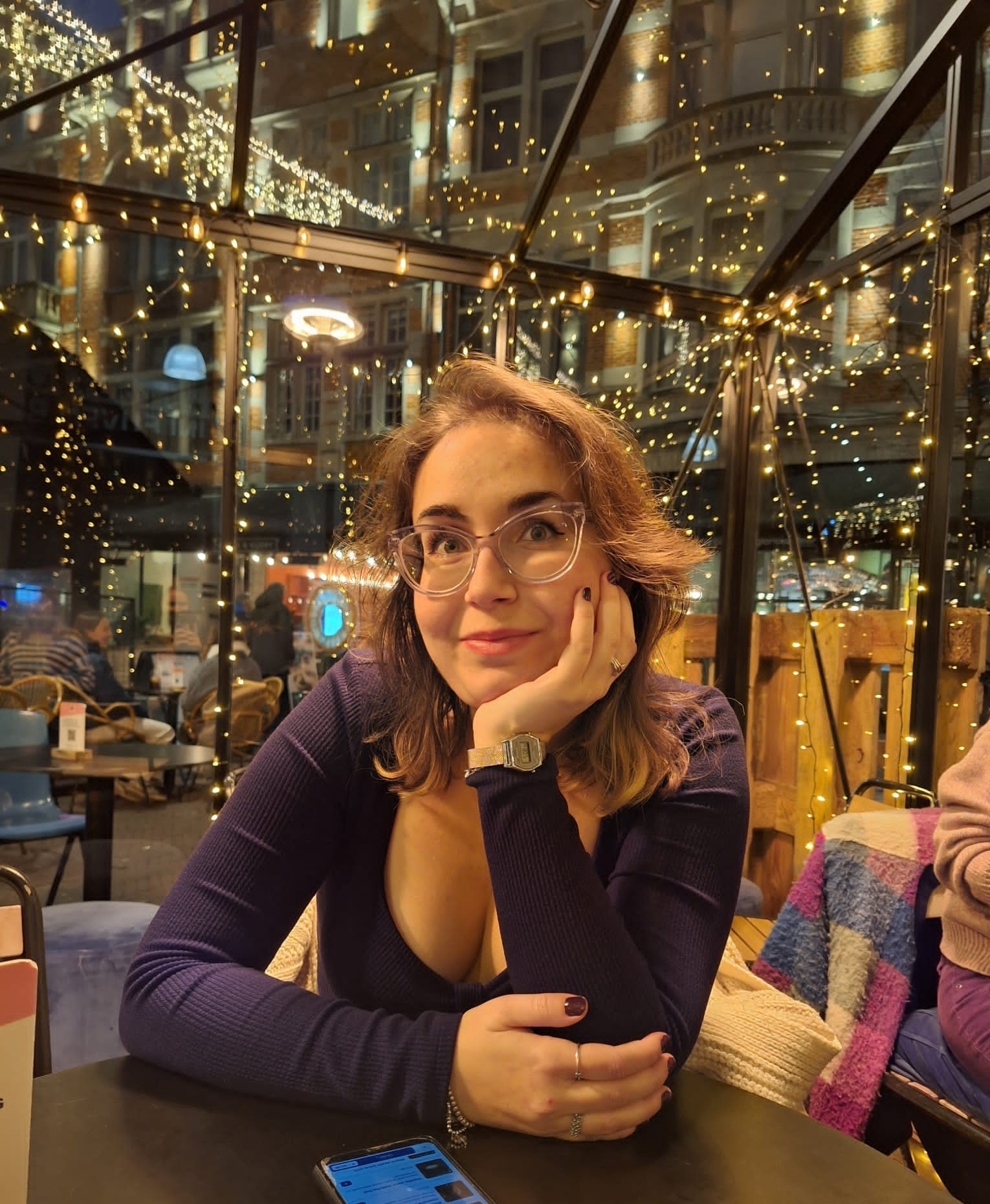
“I’m originally from Italy, and spent a couple of years in Belgium at the Institute of Astronomy, KU Leuven studying to obtain my MSc in Astronomy and Astrophysics. Since January 2024, I am based at Newcastle University for my PhD in Astrophysics under the supervision of Dr. Dominic Bowman as part of the SYMPHONY project. I enjoy exploring new places, meeting people from all over the world and learning about their culture. In my free time, you will find me at concerts, museums, and soaking up the arts. My research focus is on pulsating massive stars within binary systems, and I am interested in the relationship between self-excited pulsations and the orbital properties. Using spectroscopy and asteroseismology, the goal of my PhD is to understand how pulsations in massive binary systems can be most effectively exploited to learn more about binary massive star evolution and how this may differ to single stars.”
Danny Dixon
Danny is a PhD student, he joined Newcastle in 2022 and his supervisor is Adam Ingram. 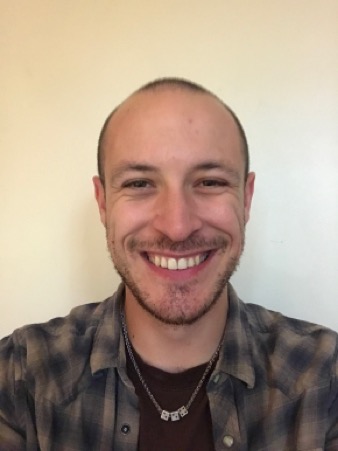
“Stellar population models predict that the Milky Way should be home to around 100 million stellar black holes – we will never detect the majority of these black holes since they do not emit light on their own. For my PhD, I will work with my supervisor, Dr. Adam Ingram, to develop methods to detect stellar black holes in binaries by observing periodic flares in the luminous companion’s brightness caused by gravitational lensing.
I previously studied theoretical physics at the University of Leeds and data science with astronomy at Durham University before joining Newcastle. As part of the NUdata CDT cohort, I’ve explored statistical learning techniques in various (non-astronomical) contexts that I hope to apply to detect black holes in upcoming optical surveys.
In addition to my research, I am passionate about outreach, and teaching and learning strategies to improve accessibility and inclusivity in STEM subjects.”
Aishwarya Girdhar
Aish is a PhD student. She spent the first three years of her PhD at the European Southern Observatory (ESO), and is spending the last year of her PhD at Newcastle. She has Chris Harrison as an advisor (jointly with Vincenzo Mainieri). Twitter: @AishGirdhar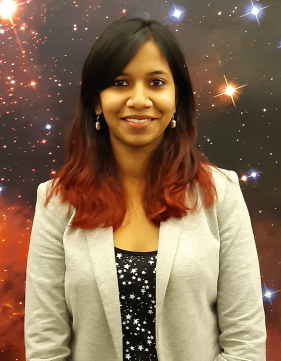
Aish’s PhD research is about understanding how rapidly growing supermassive black holes (“quasars”) impact upon their host galaxies. She uses the MUSE integral field spectrograph and ALMA sub-mm interferometer to map the galaxy dynamics, warm ionised gas and cold molecular gas to look for AGN-driven outflows. She uses data from the Quasar Feedback Survey.
Houda Haidar
Houda is a PhD student, she joined Newcastle in 2022 and her advisor is David Rosario.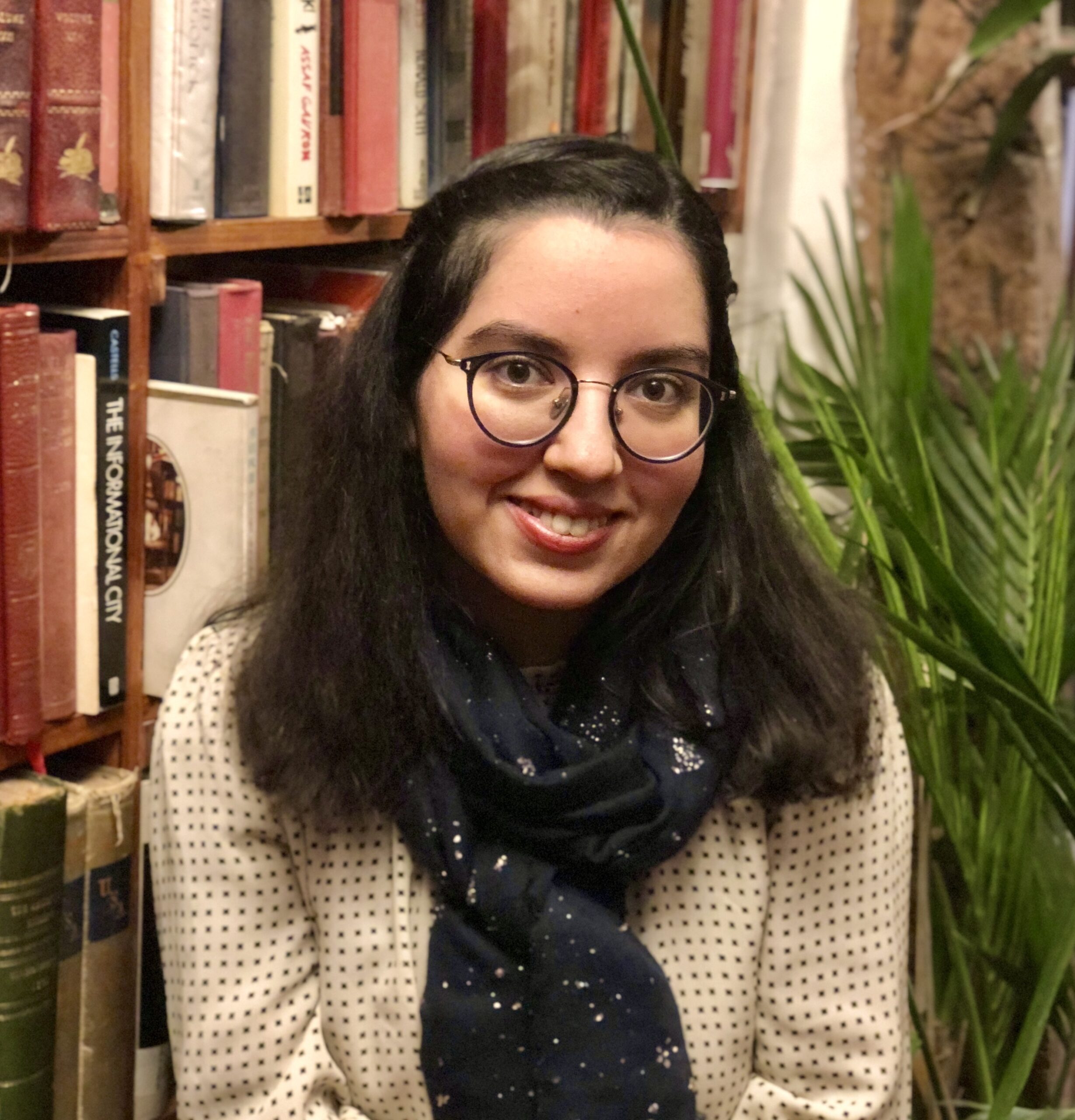
“My research interests lie within the field of galaxy formation and evolution. More specifically, I am interested in understanding how supermassive black holes form, grow and evolve in symbiosis with their host galaxies. When active, these space monsters release an enormous amount of energy, so much that they can shine brighter than their host galaxy. Under this state, we refer to them as active galactic nuclei (AGN). Energy released from AGN can be seen in the form of jets, winds and outflows (i.e., Feedback). My PhD project focuses on understanding the interplay between AGN and their host galaxy using novel data from the James Webb Space telescope (JWST). My project is part of the GATOS collaboration, a survey lead by AGN experts from all around the world providing a multi-phase and multi-wavelength study of AGN outflows. You can find my CV here.”
Alex Gough (web)
Alex is a PhD student, they joined Newcastle in 2020 and their advisor is Cora Uhlemann. Twitter: @acwgough. 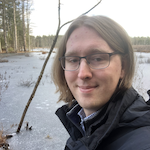
“My PhD focuses on theoretical techniques in large-scale-structure formation. I work on both the gravitational dynamics side (including using ideas from quantum mechanics to model dark matter) and on how to translate these ideas into useful statistics that can be used by observers.“
Devang Liya
Devang is a PhD student, he joined Newcastle in 2022 and his supervisor is David Rosario.
“My PhD project involves studying the cosmic evolution of near-nuclear dust in Active Galactic Nuclei (AGN), which are growing supermassive black holes (SMBHs). I use JWST and other multi-wavelength surveys to study the emission from a large sample of distant AGN. I also employ advanced Bayesian techniques to model and decompose this emission to reveal the AGN’s contribution, and develop machine learning techniques to improve upon existing modelling frameworks. Apart from these, I like to explore computation driven solutions to the real world problems. My other interests include science outreach (often in vernacular), and learning about all kinds of flags! Visit my website to learn more or to get in touch.”
Charlie MacMahon (web)
Charlie was an MRes student (2020-2021) and decided to rejoin Newcastle as a PhD student in 2022. His advisor is Danielle Leonard. Twitter: @CMBmacmahon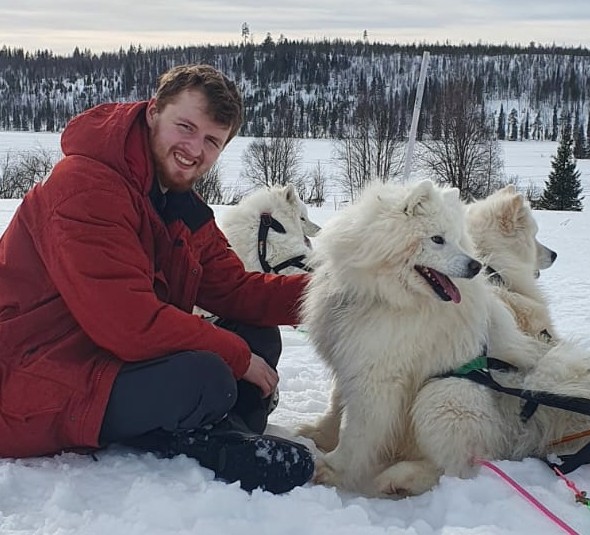
“My PhD is focused on developing a novel method for measuring the intrinsic alignment systematic effect in weak lensing surveys. To do this, I am investigating the different measurement methods used in weak lensing surveys and how they can be modified to extract high signal-to-noise intrinsic alignment measurements. With these measurements we can then test and constrain intrinsic alignment models for data processing in future lensing surveys.”
Patrick O’Neill
Patrick is a PhD student, he joined Newcastle in 2020. His advisor is Adam Ingram. 
“My PhD looks into precision timing of transitional millisecond pulsars and accretion processes in X-ray binaries. I am working on the production of a continuous timing model before the time of transition. The intended model accounts for unexpected timing variations and produces accurate measurements of intrinsic pulsar-binary properties.“
Nikolina (Niko) Šarčević (web)
Niko is a PhD student, she joined Newcastle in 2020 and her advisor is Danielle Leonard. Twitter: @NikoSarcevic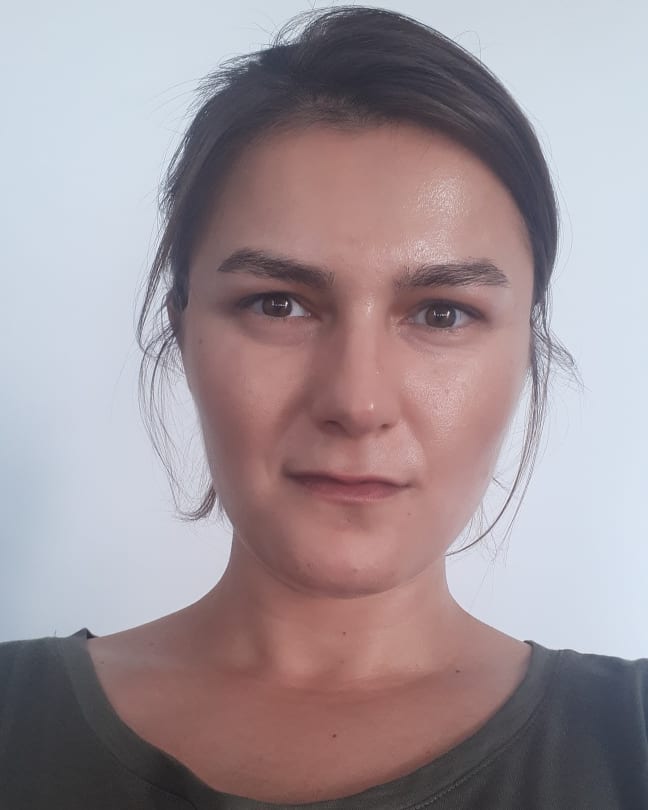
“My PhD research focuses on modelling and mitigating the intrinsic alignment of galaxies in weak lensing measurements. I am also interested in non-linear scale effects within cosmological modified gravity models and the statistical problems for late-time cosmology. My other interests include outreach, publishing and innovations in organising academic conferences (like Cosmology from Home). For more information you can check my website or follow me on Twitter.“
Carola Zanoletti
Carola is a PhD student, she joined Newcastle in 2022 and her advisor is Danielle Leonard.
“My PhD project involves testing gravity on cosmological scales by using agnostic parametrisations for modified gravity. This involves exploring parameter estimations from different observational probes and testing data by considering specific alternative theories of gravity. I will also be studying degeneracies between gravitational parameters to find accurate physical interpretations of true descriptors of theories.“
Beth Gould
Beth is a PhD student, and her supervisor is Cora Uhlemann. She joined Newcastle in 2022.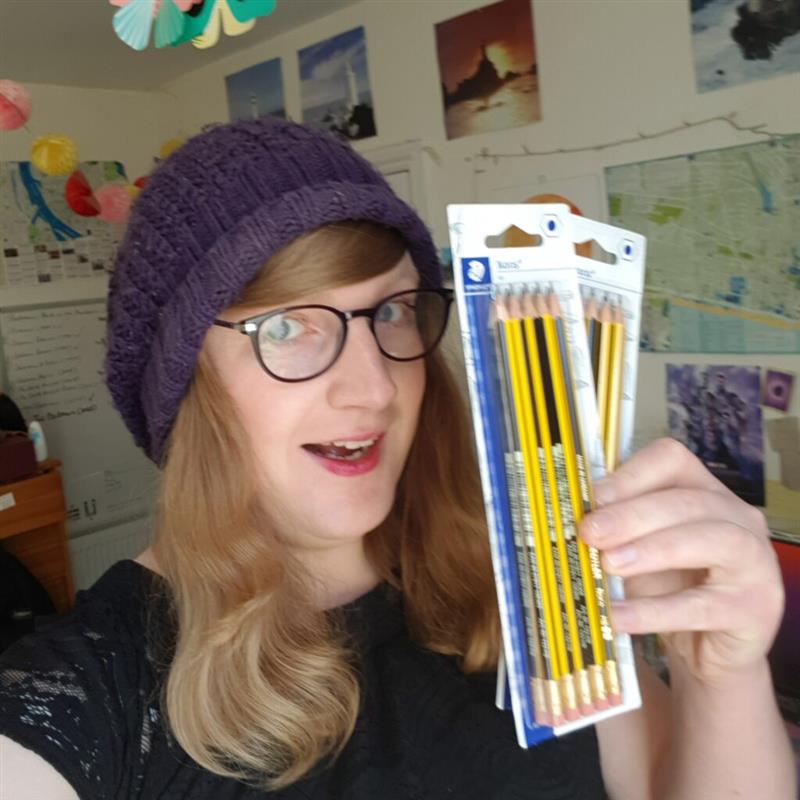
“For my PhD, I’m working on the formation of the cosmic large-scale structure, the gravitational dynamics of dark matter, and developing theoretical techniques to extract information about fundamental physics from 1-point statistics of the late-time matter distribution. Outside of research, I co-run an online community for transgender and non-binary physicists at all levels in academia. For more info about it, follow us on twitter @transphysicists or email transphysicists@gmail.com
Matthaios Charidis
Matthaios is an MPhil student supervised by David Rosario. He joined Newcastle in 2022. Twitter: @haridizz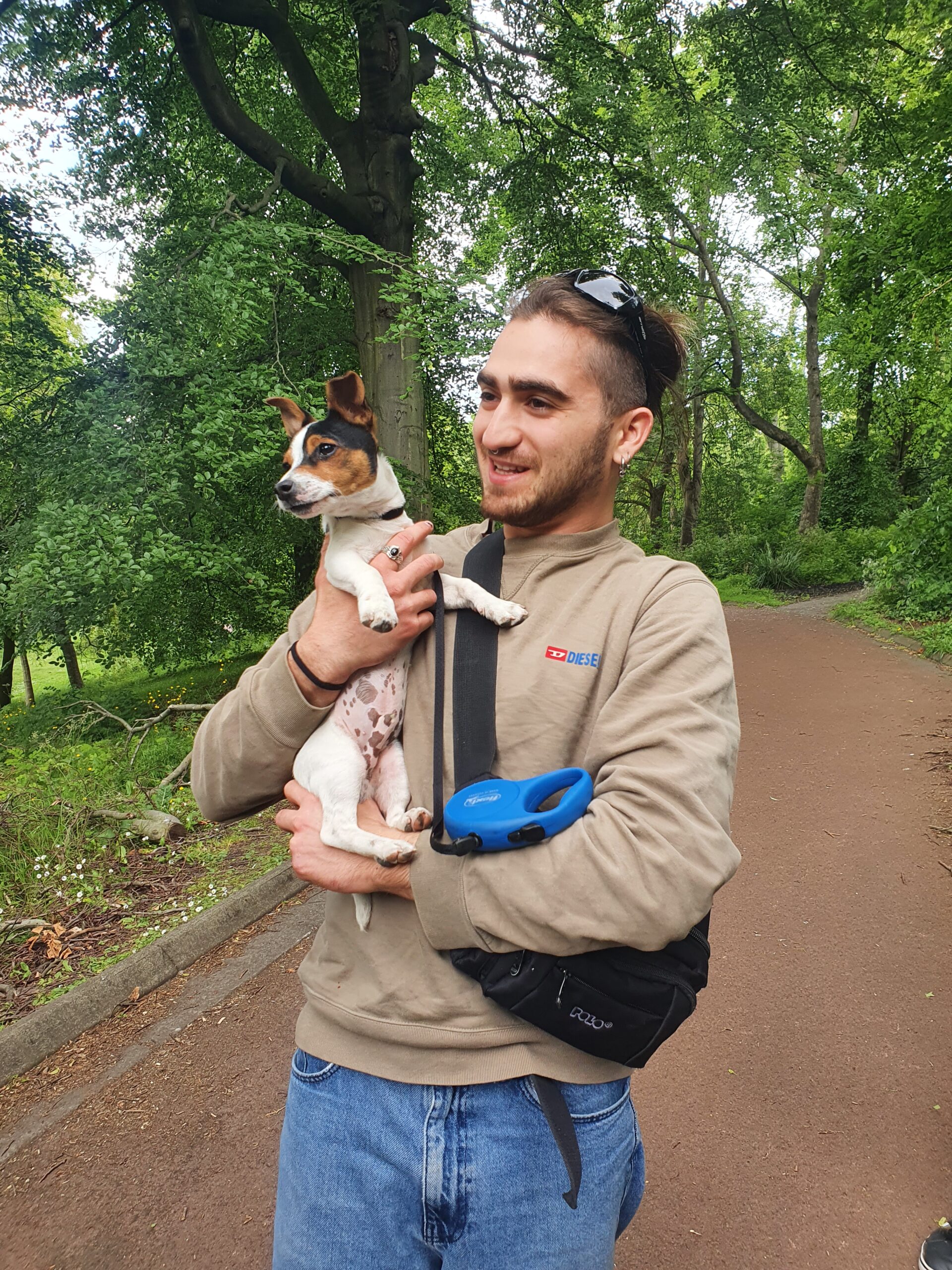
“My research revolves around galaxy formation and evolution, with a particular focus on studying active galactic nuclei (AGN) using the revolutionary data provided by the James Webb Space Telescope (JWST). The complexity and magnificence of the universe are truly awe-inspiring, and it is essential to comprehend its intricacies. To this end, my project aims to understand and mitigate the impact of diffraction, specifically the phenomenon known as the point spread function (PSF), which adversely affects various images captured with telescopes. Besides research, I enjoy bouldering—a thrilling outdoor activity that provides a refreshing break and keeps me invigorated.”
Samuel Ruthven Ward
Samuel is a final-year PhD student. He moved to Newcastle in September 2023, after spending the first three years of his PhD at the European Southern Observatory. His advisors are Chris Harrison (Newcastle), Tiago Costa (Newcastle) and Vincenzo Mainieri (ESO). Website: www.astroward.uk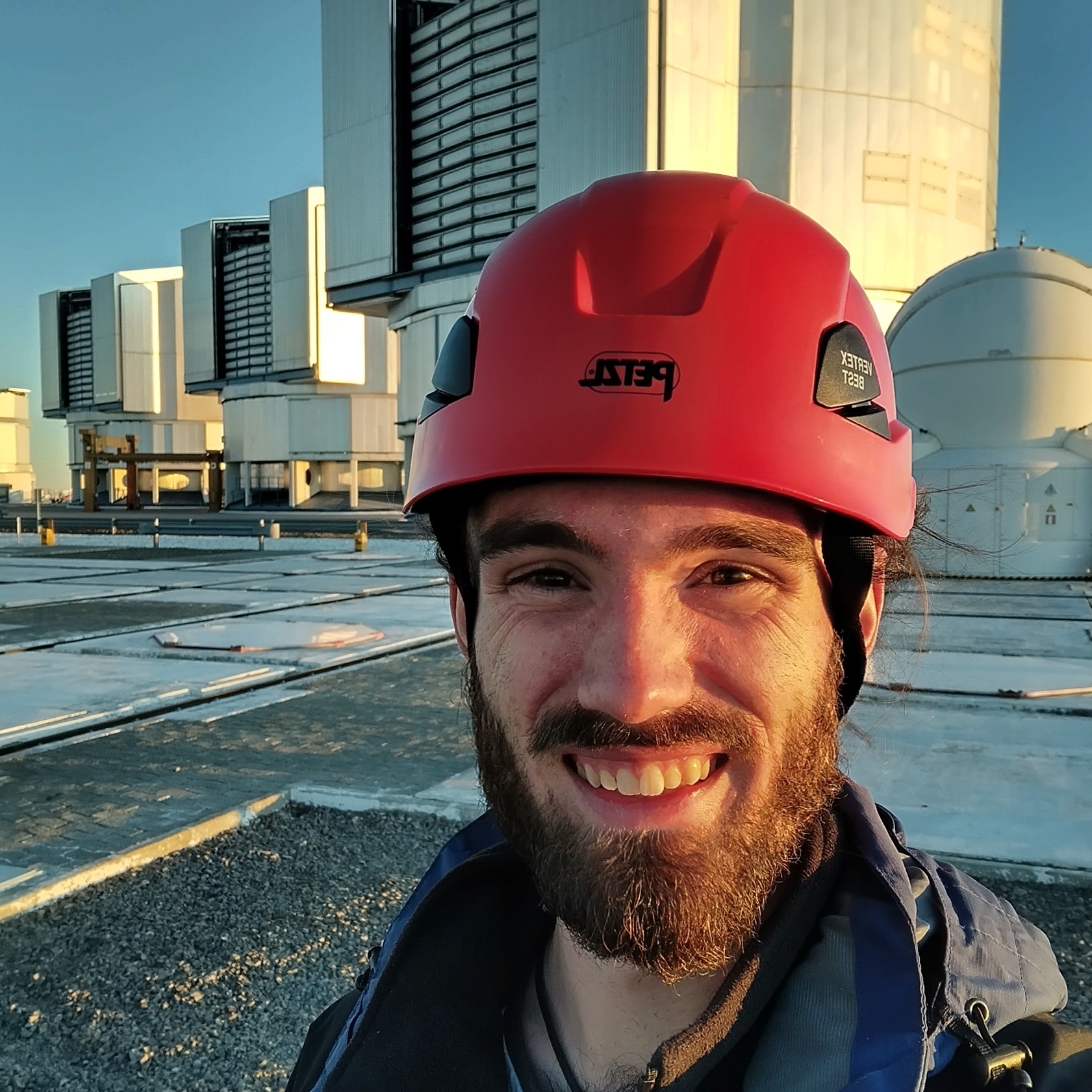
“At the centre of every galaxy lies a supermassive black hole and we think that they play an important role in shaping the evolution of their host galaxy by launching powerful outflows that regulate star formation and gas content. My work involves simulating these outflows, specifically focussing on the interaction between AGN-driven winds and the multiphase interstellar medium (ISM).”
Carolyn Mill
Carolyn is a PhD student. She joined Newcastle in 2023 and is co-supervised by Danielle Leonard and Cora Uhlemann.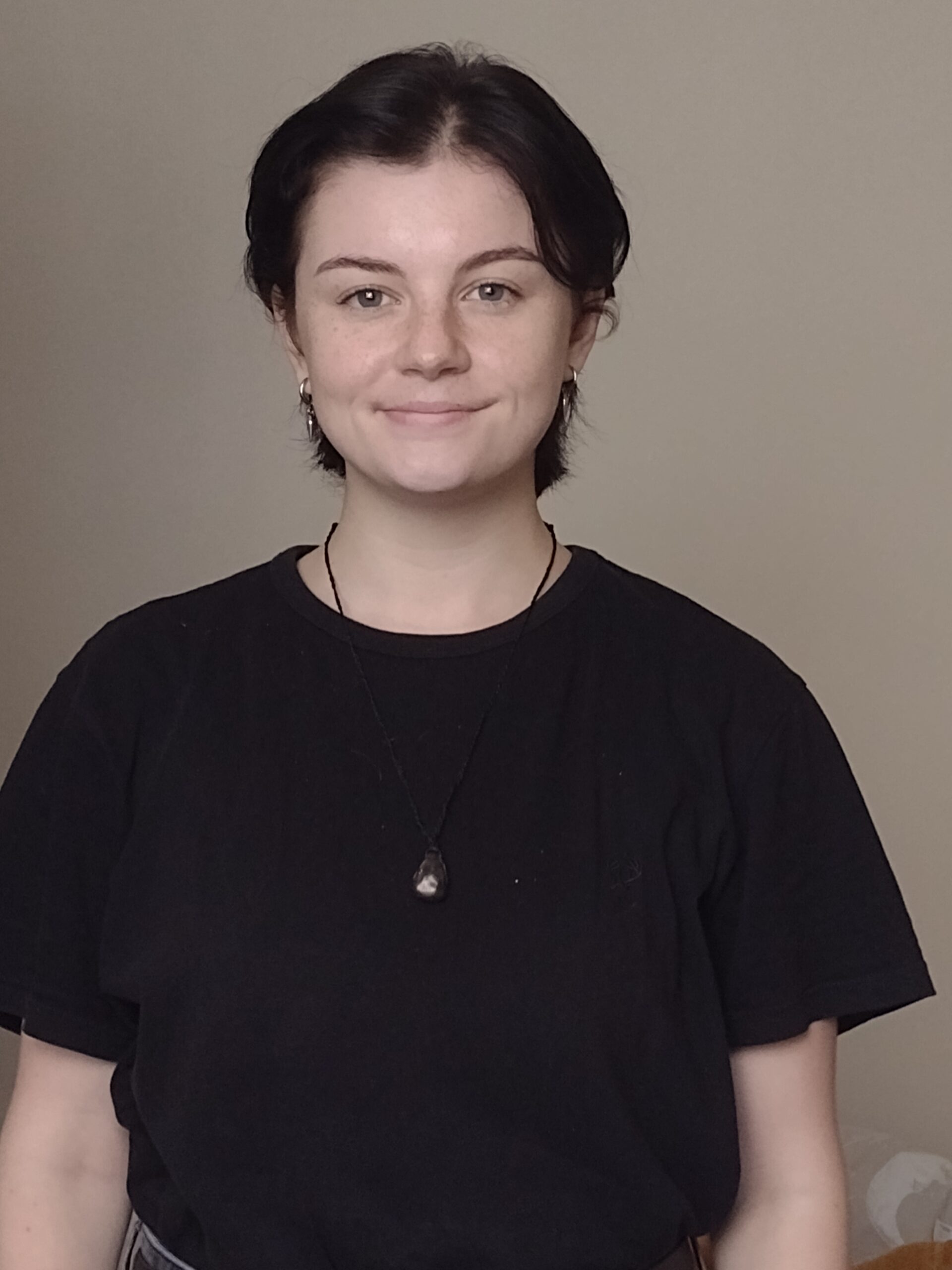
“My PhD project focuses on how the interactions between systematic biases in our analysis of weak lensing and galaxy clustering will impact our measurements in upcoming surveys. Due to the high accuracy of these surveys, systematic uncertainties no longer hidden by statistical noise may limit our ability to constrain cosmological parameters. My project aim is to identify what combinations of systematics may cause these limitations, starting with the 3×2 correlation function between weak lensing and galaxy clustering.”
Rose Shepherd
Rose is a PhD student and her supervisors are Chris Harrison and Paul Vickers (Northumbria University). She joined Newcastle in 2023 as part of the NUdata CDT.
“My PhD project is focused on developing sonification methods and tools to explore large, astronomical datasets. Sonification is the process of representing data with sound. I will investigate whether sonification can be beneficial in the identification and classification of quasars from their spectra. I will also be using sonification to explore spectral data cubes which could potentially aid discovery of extended emission line regions. Sonification offers innovative outreach possibilities, and I am excited to get involved with the Audio Universe team, making accessible planetarium shows and resources. Outside of my studies I enjoy playing clarinet, and I hope to apply my musical skills to my sonification research.”
Past Students
Aishwarya Girdhar
Aish was PhD student jointly between the European Southern Observatory and Newcastle. Her research was about understanding how rapidly growing supermassive black holes (“quasars”) impact upon their host galaxies with advisor Chris Harrison. Aish went on to take a postdoc position in astrophysics education.
Sean Dougherty
Sean was an MPhil student in Newcastle from 2021-2022 and his advisor was Chris Harrison. His research focussed on understanding the role of mergers in triggering black hole growth, and radio jets in driving outflows, for galaxies at cosmic noon. Sean went on to take a data science job in Canada.
Andrew Garner
Andrew was a MRes student in Newcastle from 2020-2021 and his advisor was Chris Harrison. His research focussed on understanding the the connection between radio emission and ionised gas in low redshift quasars. Andrew went on to take a PhD.
